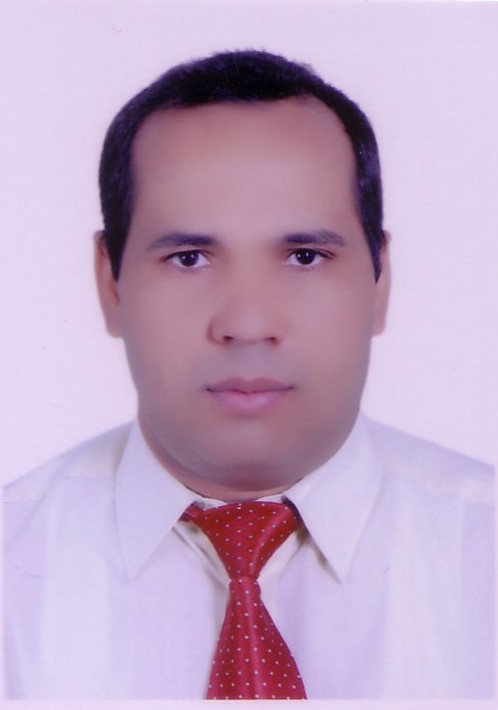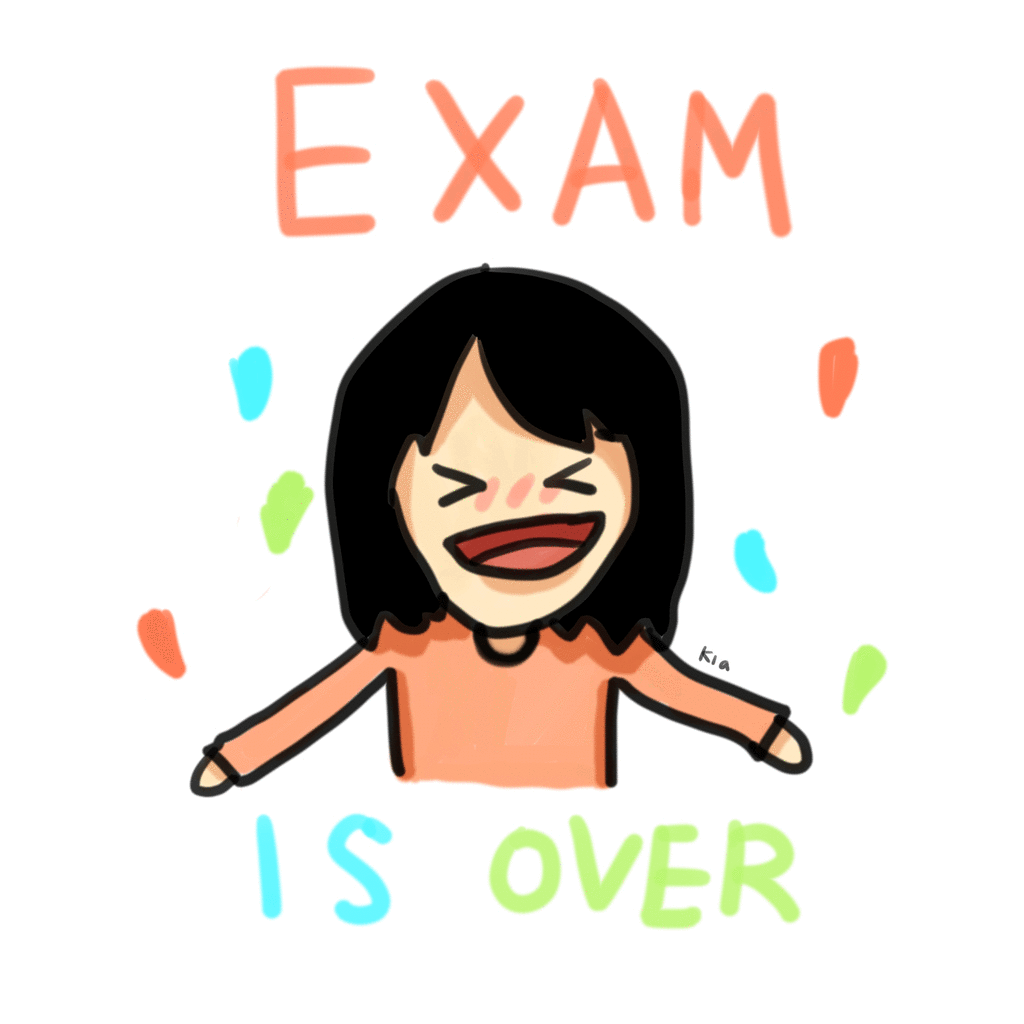Attempt the following questions
Part-1: Choose the most correct answer.
- After counting 0, 1, 10, 11, the next binary number is …
- a) 12 b) 100 c)101 d) 110
- The hexadecimal equivalent of 5810 is …
- a) 72 b) 111010 c) 3A d) 3C
- Which of the following is a type of network?
- a) Ring b) Bus c) Star d) MAN
- The 2’s complement of 10002 is …
- a) 0111 b) 0101 c) 1000 d) 0001
- In ... , IBM introduced its first computer for the home user
- a) 1974 b) 1981 c) 1985 d) 1990
- ALU is …
- a) Arithmetic Logic Unit b) Array Logic Unit
- c) Application Logic Unit d) None of above
- In …, Apple introduced the Macintosh.
- a) 1974 b) 1981 c) 1984 d) 1990
- The Intel 4004 chip, developed in …
- a) 1971 b) 1981 c) 1985 d) 1990
- Which of the following is not an octal number?
- a) 44 b) 29 c) 10011 d) 74
- Hexadecimal equivalent of (58)10 will be …
- a) 72 b) 111010 c) 3A d) 3C
- Which of the following is a computer code?
- a) EPROM b) JAVA c) BCD d) None of the above
- 8421 codes is also called as …
- a) Gray code b) ASCII code c) Excess 3-code d) BCD code
- Actual execution of instructions in a computer takes place in …
- a) ALU b) Control Unit c) Storage unit d) None of the above
- Which of the following is used as a primary storage device?
- a) Magnetic tape b) PROM c) Floppy disk d) None of the above
- Which is not a basic function of a computer?
- a) Store data b) Accept input
- c) Process data d) Copy text
- Information retrieval is the fastest from …
- a) Floppy disk b) Magnetic tape c) Hard disk d) Flash disk
- Which of the following does not store data permanently?
- a) ROM b) RAM c) Floppy Disk d) Hard Disk
- Notebook, laptop, palm, hand-held computers are coming under the category of …
- a) Digital computer b) Mainframe computer
- c) Portable computer d) Hybrid computer
- Touch Screen is …
- a) Input device b) Output device
- c) Both a & b above d) None of these
- Which of the following is not a storage medium?
- a) Hard disk b) Flash drive c) scanner d) DVD
- ASCII is a coding system that provides …
- a) 256 different characters b) 512 different characters
- c) 1024 different characters d) 128 different characters
- All of the following are examples of storage devices EXCEPT
- a) hard disk drives b) printers c ) floppy disk drives d) CD drives
- RAM is an example of
- a) Secondary memory b) Primary memory
- c) Main memory d) Both (b) and (c)
- Magnetic disk is an example of …
- a) Secondary memory b) Primary memory
- c) Main memory d) Both (b) and (c)
- RAM is also called as …
- a) Read / Write Memory b) Long Memory
- c) Permanent Memory d) Primary Memory
- Operating system is …
- a) A collection of hardware components b) A collection of software routines
- c) A collection of input-output devices d) none of the above
- Memories which can be read only are called … memories.
- a) RAM b) ROM c) PROM d) EPROM
- Which of the following holds the ROM, CPU, RAM and expansion cards?
- a) Hard disk b) Cache memory c) Motherboard d) None of the above
- Which of the following is/ are operating systems?
- a) Windows b) Unix c) OS/2 d) All of the above
- A computer cannot “boot” if it does not have …
- a) Programming language b) Operating system
- c) Antivirus d) Web browser
- LAN stands for …
- a) Limited Area Network b) Logical Area Network
- c) Local Area Network d) Large Area Network
- Which of the following is a network topology?
- a) LAN b) WAN c) MAN d) BUS
- “MAN” stands for
- a) Maximum Area Network b) Minimum Area Network
- c) Main Area Network d) Metropolitan Area Network
- WAN stands for
- a) Wap Area Network b) Wide Area Network
- c) Wide Array Net d) Wireless Area Network
- ... is set of rules and procedures to control the data transmission over the internet.
- a) IP address b) Domain c) Protocol d) Gateway
- Physical structure of computer is called …
- a) Software b) Hardware c) Human ware d) All of these.
- Data is generally coded in 8-bit units, such a unit is also called …
- a) Byte b) Nibble c) field d) Word
- The first microcomputer was developed in …
- a) 1946 b) 1971 c) 1981 d) 1990
- Subtract (1010)2 from (1101)2 using 1’s complement.
- a) (1100)2 b) (0011)2 c) (1001)2 d)(0101)2
- The digital system usually operated on … system.
- a) binary b) decimal c) octal d) hexadecimal
- The First Generation of computer appeared during the period ....
- a) 1945 to 1954 b) 1964 to 1974 c) 1934 to 1944 d) 1937 to 1949
- The Second Generation of computers used ....
- a) IC-Chip b) Transistors c) Vacuum tubes d) Microprocessor chip
- The device that converts instructions into the binary form that is understood by the
computer and supply to the computer is known as ....
- a) Input b) Output c) Automatic d) Memory
- Laptop PCs are also known as .... Computers
- a) Mainframe b) Super c) Notebook d) personal
- Windows 10 is a/an ....
- a) Graphics System c) Operating System
- b) Drawing system d) Processing system
- The number system that we use in our day-to-day life is called the … System.
- a) Octal b) Binary c) Hexadecimal d) Decimal
- The Binary system has base …
- a) 8 b) 2 c) 10 d) 16
- 110100112 = ?16
- a) D316 b) A316 c) B316 d) D216
- 2510 = ?2
- a) 100012 b) 110012 c) 110002 d) 101012
- The Binary equivalent of the decimal 8 is …
- a) 111 b) 1001 c) 1000 d) 10001
- What will be the decimal equivalent of 111011.102?
- a) 48.625 b) 59.487 c) 48.487 d)59.625
- What will be the hexadecimal equivalent of 5497710?
- a) D6C1 b) DC61 c) D6C5 d) None
- What will binary equivalent of (24.1875)10?
- a) 0011 b) 11001.0101 c) 10110.0011 d) None
- The Hexadecimal number system has ….. symbols.
- a) 15 b)12 c)16 d)10
- The octal equivalent of (13)10 is …
- a) 18 b) 14 c) 15 d) 16
- Conversion of the decimal number (100)10 to octal equivalent gives …
- a) 100 b)120 c)144 d)154
- The result after converting binary number 1000112 to decimal will be …
- a) 30 b) 43 c) 35 d) None
Part-2:
- What is computer? Explain the main capabilities of computers.
- List only five input devices and four output devices.
- List different technologies on which different computer generations are based.
- List any five secondary storage devices/memory.
- Give four example of personal computers (PCs).
- What are the basic parts of a computer?
- Based on their usage, list the major categories of computers.
- Differentiate between RAM and ROM.
- Explain briefly what is meant by the following terms:
Computer, Information technology (IT), ALU, ROM, RAM. Cache, Byte. Hardware, BIOS, Software, System programs, Application programs.
- Define bit, byte, nibble, word.
- What does each of the following three commands perform?
Shift+Alt+Delete, Ctrl+ESC, Shift+Alt+Spacebar.
- How many bits are in 16 bytes?
- What is computer network?
- List only three main topologies of LANs.
- List various transmission medias?
- What is Internet? What the types of information can be accessed on it?
- What is a hyperlink?
- What is Internet browser?
- What is URL? List some major domain types which are encountered in URLs.
- Explain the URL: http://www.google.com.eg.
- Draw neat labeled block diagram of computer system and Explain.
- Differentiate between primary and secondary memory.
- Explain the different topologies of computer networks.
- Convert (725.25)8 to its decimal, binary and hexadecimal equivalents.
- What is radix used in case of decimals, binaries, octal, hexadecimals.
- Represent the decimal number (9371)10 in the following coding schemes:
- BCD code
- ASCII (Note that the ASCII code for ‘0’ is 4810 or 01100002).


